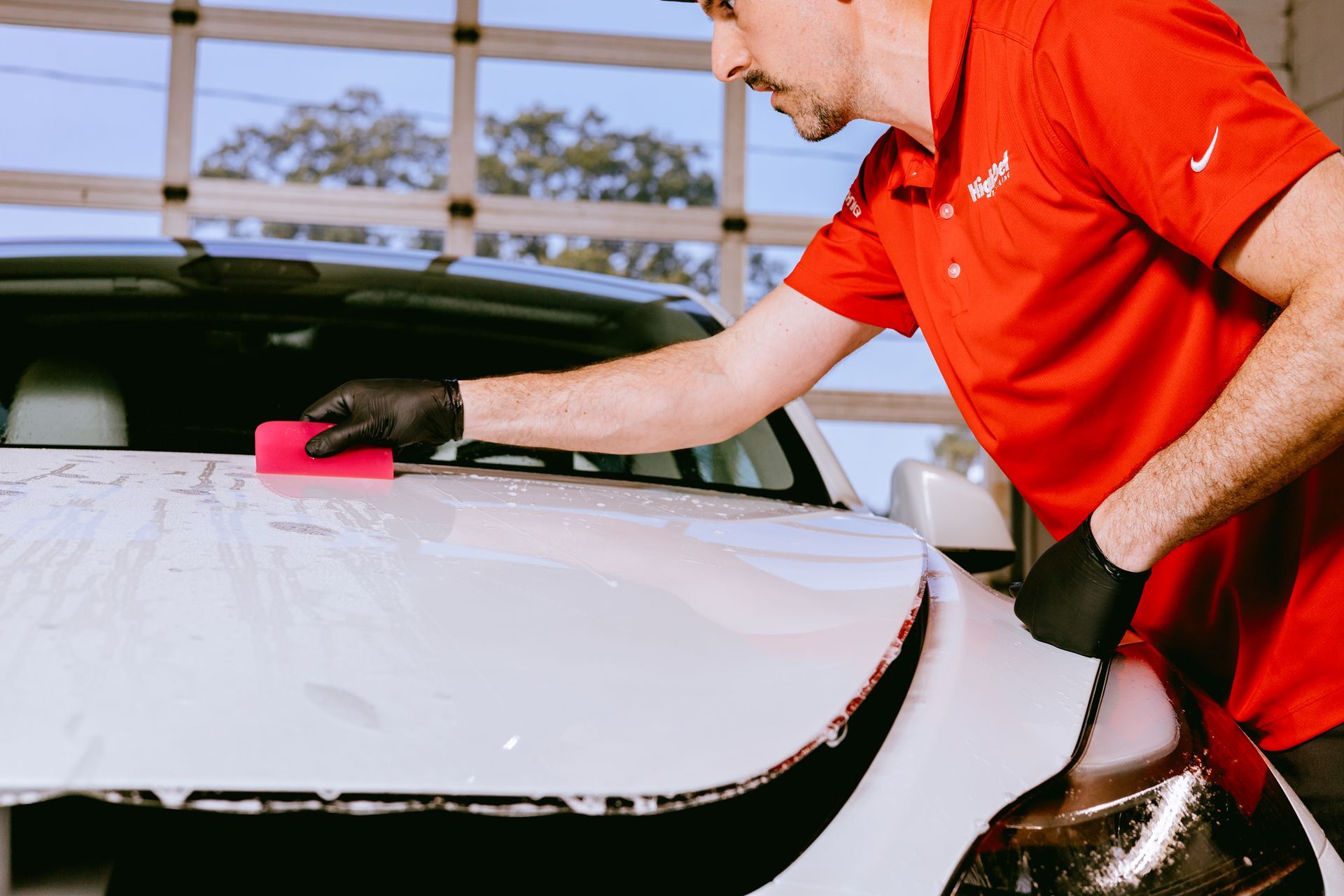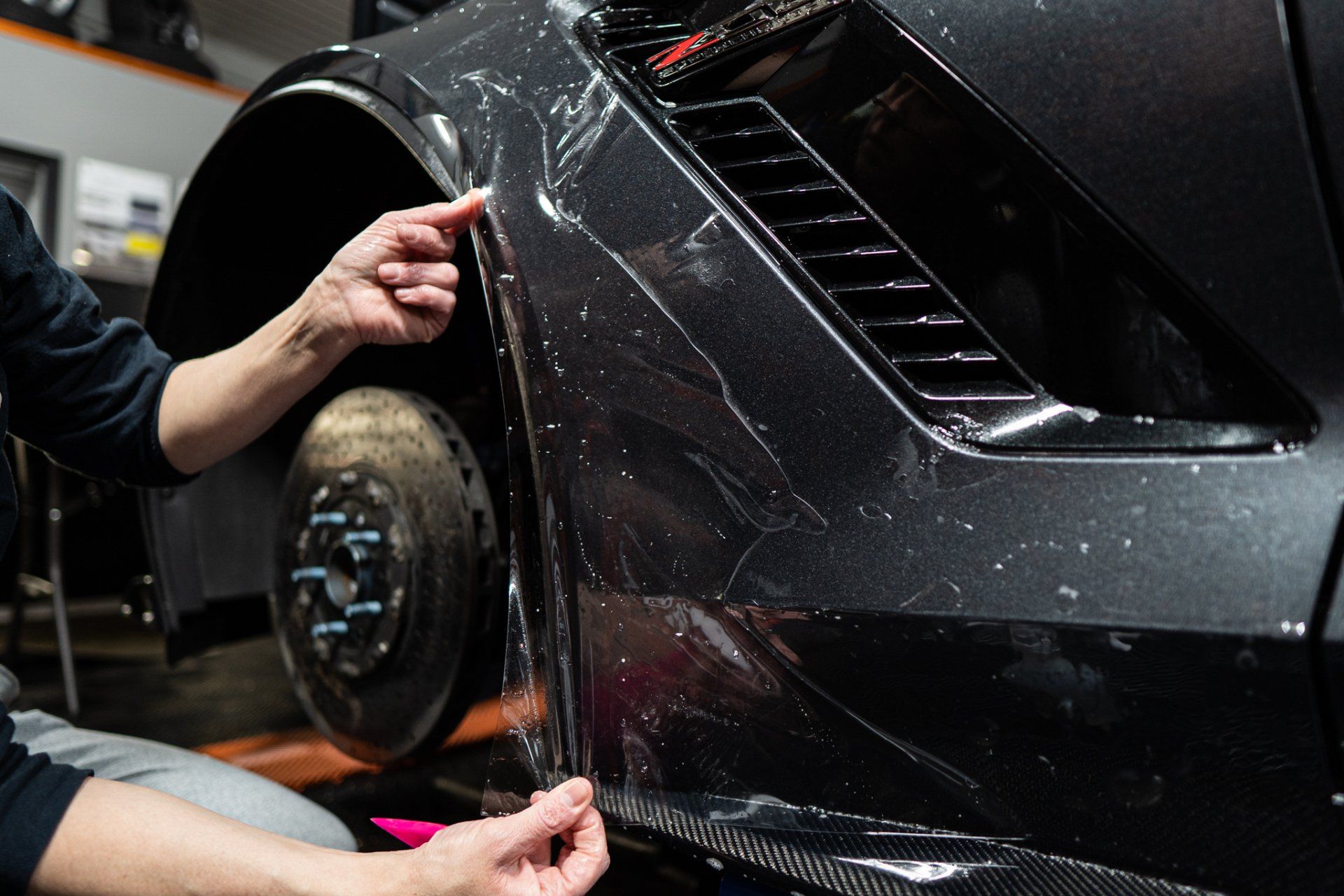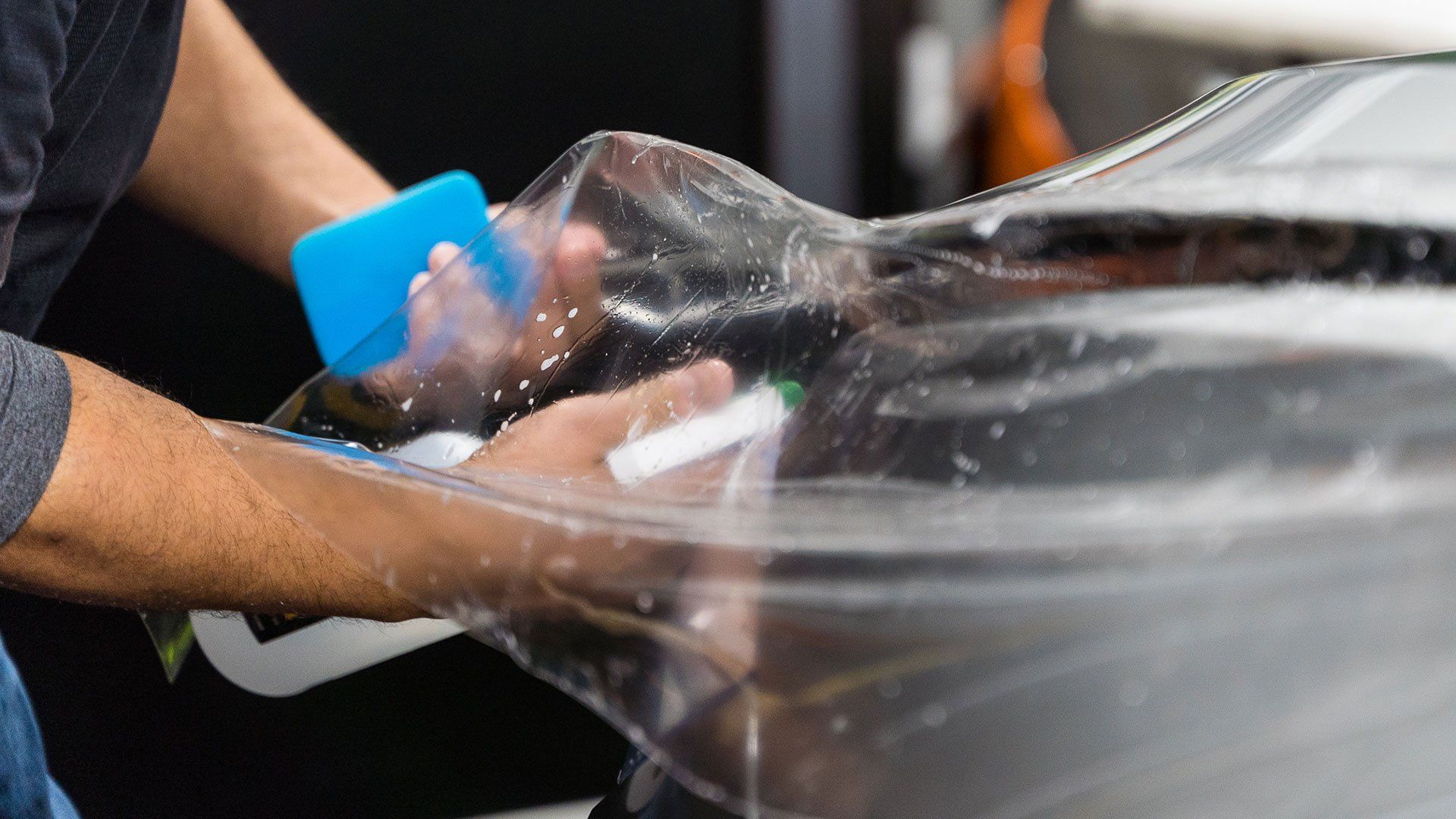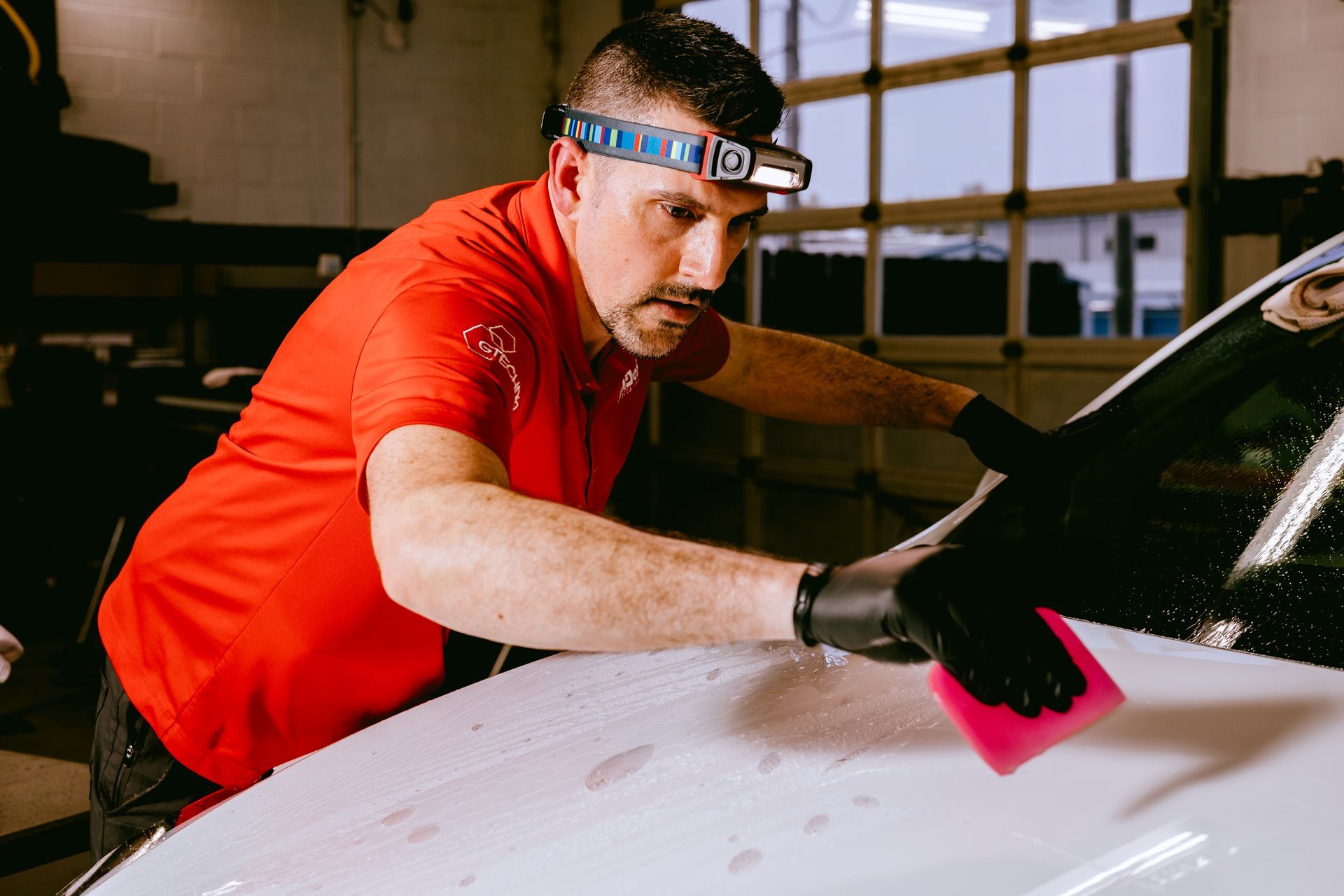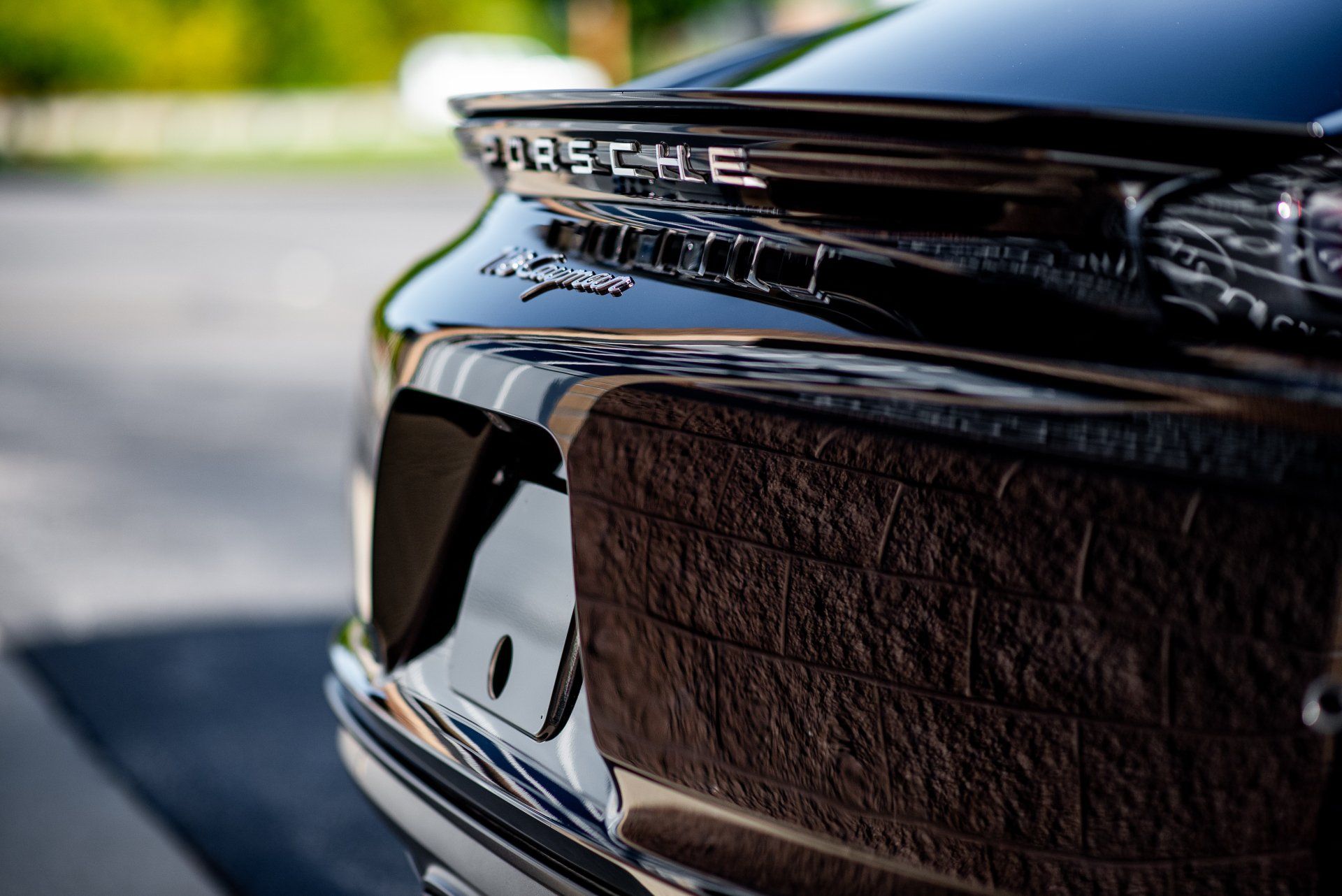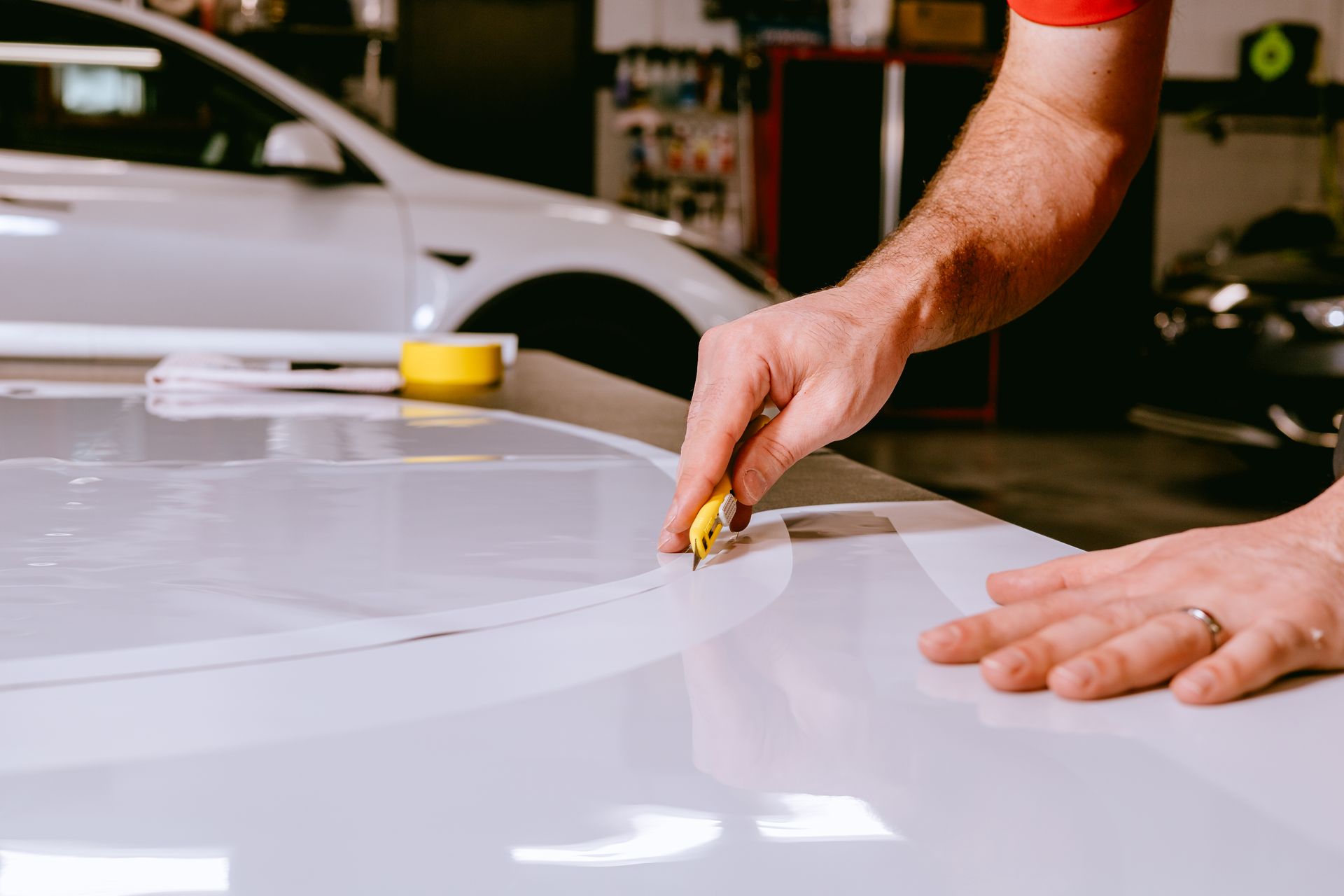PPF vs. Traditional Vehicle Paint Protection: A Comprehensive Comparison of Benefits
For any car enthusiast, ensuring your vehicle’s paint remains pristine is more than just cosmetic—it's about preserving value and pride of ownership. The constant worry about scratches, chips, and fading from harsh UV rays can be a source of anxiety, especially when parking in crowded or exposed areas. So, which method offers better protection: paint protection film or traditional waxes and sealants?
The key differences between paint protection film and traditional vehicle paint protection like wax lie in durability, protection level, and maintenance. A paint protection film offers superior long-term protection against scratches, rock chips, and UV damage while requiring little maintenance over its lifespan of 5-7 years; in contrast, traditional wax provides temporary coverage that typically lasts only a few weeks to months, necessitating frequent reapplication.
Comparing PPF and Traditional Vehicle Paint Protection
As we already know, paint protection film is no ordinary shield. When we contemplate vehicle care, it's crucial to understand that PPF consists of a clear, thermoplastic urethane film meticulously designed to cling tenderly to your car's paint. This film provides a robust barrier against everyday threats like rocks flying from the road or the stray shopping cart that always seems to find its mark. In sharp contrast, traditional paint protection methods rely on wax or sealants, which apply a soft-layered defense, guarding against elements like UV rays and bird droppings but lacking in substance when it comes to physical damage.
Protection Efficacy
When looking deeper into protection efficacy, a paint protection film shines significantly brighter than traditional waxes or sealants. Car enthusiasts often choose PPF as their go-to option due to its exceptional durability; its structure can resist chips and scratches far better than a layer of wax. Vehicles equipped with paint protection film experience 90% fewer paint chips compared to those protected with conventional methods. This dramatic difference implies not only longer-lasting beauty but also a significant reduction in repair costs down the road. While traditional paint protection methods may wear off after just a handful of washes, a paint protection film offers longevity with minimal maintenance. The beauty of it doesn't stop there—paint protection film also boasts self-healing technology, allowing minor scratches to vanish magically when heat is applied, returning your vehicle's exterior to pristine condition without extra effort.
Downsides to Consider
Although paint protection film options have established themselves as superior in protective features, they do come with some downsides worth noting. For instance, installation can be costly—typically ranging from $2,000 to $5,000 depending on the car's size and coverage area—and requires professional expertise for optimal results. Moreover, while they generally last between 5 and 10 years, factors such as environmental conditions and how the vehicle is treated can impact their lifespan.
Conversely, traditional paints like wax are far easier on the wallet initially and can often be applied by enthusiastic DIYers at home without the need for professional assistance. Nevertheless, this approach entails frequent reapplications—sometimes monthly—to maintain any level of protection. By carefully weighing the pros and cons of both options—not merely considering price but also lifestyle and long-term vehicle care—you can make an informed choice that best meets your needs.
Understanding Paint Protection Film (PPF)
Paint protection film serves as a modern shield for vehicle exteriors, and its growing popularity reflects the increasing awareness of car care among drivers. This film is primarily made from thermoplastic urethane, a material that provides an impressive defense against scratches, dings, and chips that can occur from everyday driving. Imagine driving down a gravel road or parking next to a shopping cart in a crowded lot; a paint protection film acts as a safety net, absorbing those potential impacts before they reach your vehicle's paint. Its application involves professional expertise, as the film typically comes in large rolls that require precise placement on the vehicle surface. Any misalignment can lead to bubbles and wrinkles, compromising the effectiveness of the protection.
Composition and Application
The intriguing aspect of paint protection film lies in its composition, specifically its formulation of thermoplastic urethane. This choice of material offers incredible flexibility while maintaining strength and durability. When professionally applied, a paint protection film forms an almost invisible layer over the paint, allowing the original color and finish to shine through without detracting from aesthetics. The installation process is meticulous; professionals pay careful attention to detail to ensure a smooth application that adheres properly to curves and contours of the vehicle body, maximizing coverage without air pockets. Moreover, it's not just the application techniques that make paint protection film remarkable; several key features contribute significantly to its effectiveness.
Key Features
- Self-Healing Properties: One of the most fascinating features of paint protection film is its ability to "heal" itself from minor abrasions. When exposed to heat—whether from sunlight or warm water—the film can smooth out fine scratches and scuffs, maintaining its appearance long-term.
- High Resistance to Abrasions and Rock Chips: Given its robust nature, high-quality paint protection film resists not just minor scratches but also larger impacts like rock chips, which are prevalent hazards on highways.
- UV Resistance: Another critical feature is its UV resistance. In sunny climates or during prolonged exposure to sunlight, a paint protection film helps prevent paint from fading or oxidizing, preserving your vehicle's aesthetic appeal.
While these features bolster paint protection film’s reputation as a protective barrier for cars, it’s essential to consider some potential downsides.
Potential Downsides
Despite the many advantages that come with paint protection film, there are drawbacks worth noting. Over time and with exposure to sunlight, some users report that the film may exhibit yellowing—a cosmetic issue that detracts from its intended benefits. Additionally, the financial investment required for installation can be substantial; costs generally range anywhere from $2,000 to $5,000, depending on factors such as coverage area and installation complexity. For many consumers, weighing these potential drawbacks against the long-term benefits is an important part of making an informed decision about vehicle protection.
Advantages of Traditional Vehicle Paint Protection Methods
One of the key advantages is their flexibility in application. Unlike paint protection film, which requires professional installation, traditional methods like wax and sealants give you the freedom to decide when and how much to apply. This allows for personal preferences in product choice and helps you adapt your routine based on your vehicle's exposure to elements. Maybe one month you don't drive as much, so you can skip the maintenance; then you'll ramp it up as weather conditions change or after a long road trip.
Another notable benefit is the variety of products available in the market. When opting for traditional methods, you're not limited to just one type of wax or sealant. From carnauba wax, known for its deep shine and warmth, to synthetic sealants that provide longer-lasting protection, there’s something for everyone’s needs and preferences. This diversity means you can pick a product that aligns with your expectations and even experiment over time to find the perfect match for your vehicle's surface. Yet another advantage feeds into the overall experience of car care itself.
Many enthusiasts will tell you about the joy derived from the process of waxing their vehicles: it's almost therapeutic. The act of applying wax can be considered a form of self-care, where the repetitive motions offer a meditative quality as you see your car transform into something gleaming and polished right before your eyes. Plus, this personal touch fosters pride in ownership, stirring connections between you and your vehicle as you prepare it for any occasion. Think of car waxing like pampering yourself at a spa. Just as regular visits help keep you looking and feeling good, these consistent waxing routines maintain your car’s appearance and enhance its longevity.
While PPF may possess its advantages, traditional paint protection methodologies carry their weight in practicality and enjoyment—appealing to those who value accessible yet effective means of maintaining their cherished auto investment.
Durability and Maintenance Differences
The stark difference in long-term durability between paint protection film and traditional methods showcases the advantages of opting for a modern solution like PPF. On average, paint protection film can endure for 5 to 7 years without reapplication, making it a more convenient choice for those looking for lasting effects. In contrast, traditional wax or sealants typically last only a few weeks to a few months before wearing off. This means that car owners using old-fashioned methods may find themselves constantly purchasing products and dedicating time to their cars. When it comes to upkeep, the differences become even clearer.
Maintenance is not just about convenience; it directly affects the overall look and longevity of a vehicle's paint. Paint protection film users reported spending less time on maintenance compared to those who relied on wax or sealants. Instead of laboriously waxing and buffing their vehicles multiple times a year, PPF users primarily engaged in routine washes and occasional inspections. This streamlining of effort allows owners to enjoy their vehicles more freely without the constant worry of maintaining their protective layer. The benefits extend beyond simply saving time; fewer applications also mean reduced exposure to harmful environmental factors such as UV rays and pollutants that can deteriorate vehicular paintwork.
Furthermore, while waxes and sealants require diligent application schedules, a paint protection film stands resilient against elements such as scratches, contaminants, and yellowing over time. This resilience positively contributes to resale value since a car with maintained paintwork fares better on the market than one needing constant touch-ups. Understanding these differences in durability and maintenance allows car owners to better navigate the options available, setting the stage for examining the critical financial implications related to these choices.
Financial Considerations and Cost Analysis
Protecting your car's paint requires an initial investment, and it's essential to analyze this carefully. The difference in pricing between paint protection film and traditional methods like wax or sealants can be quite stark. On one hand, PPF may seem daunting with upfront costs that range from $2,000 to $5,000, but it offers durability and assurance against considerable wear and tear over time. When you look at it, you're not just paying for a product; you're investing in peace of mind that your vehicle will maintain its aesthetic appeal and resist damages long-term.
In contrast, traditional options like waxing or using sealants come with attractive starting prices—often around $20 to $50 for an initial application. However, these methods usually require annual upkeep that can accumulate significantly over time. For instance, if the maintenance cost per year hovers between $150 and $300, within five years, you could find yourself spending anywhere from $750 to $1,500 just to maintain that shine. But considering mere numbers alone wouldn't give you the full picture.
Let’s consider value for money. While the upfront cost of paint protection film might feel hefty at first glance, its longevity—typically lasting anywhere from 5 to 7 years without substantial reapplication—makes it a financially sound choice for car owners who plan on keeping their vehicles for the long haul. Just think about it: fewer trips to the detailing shop mean less time spent worrying about the condition of your vehicle. Traditional methods may seem budget-friendly initially but can become more costly over time due to their need for frequent applications and touch-ups.
Impact on Vehicle Aesthetics Over Time
The aesthetics of your vehicle are not just about the immediate shine or gloss after a fresh application of protection; they are also about the enduring beauty of your car as time goes on. When considering paint protection film versus traditional wax, it's important to think about how each option holds up under the wear and tear of everyday use.
- Visual Appeal: A paint protection film is renowned for maintaining a high-gloss finish over an extended period, guarding against environmental factors that lead to wear and tear. One critical aspect to note is that while PPF provides an excellent layer of defense against scratches and UV rays, it may experience yellowing over time, particularly if low-quality films are used or if they aren't properly maintained. Additionally, dirt can accumulate at the edges, creating noticeable lines that might detract from the aesthetic appeal. On the other hand, traditional wax can deliver an impressive shine right after application, making any vehicle look stunning. However, this effect is often short-lived, wearing off over weeks and failing to protect against fading caused by harmful UV rays.
- Resale Value: When it comes to resale value, there’s a shared belief among car enthusiasts that preserving a well-maintained exterior enhances a vehicle's marketability. Cars protected with paint protection film typically present fewer visible defects and blemishes, which makes them more appealing to prospective buyers. This level of care signals to potential customers that the owner valued the vehicle enough to invest in ongoing protection. Conversely, vehicles treated with regular waxing might display signs of wear despite consistent maintenance, whether it be swirls from improper washing techniques or faded patches due to sun exposure.
In essence, whether you're drawn to the durability of PPF or the traditional shine of waxing, understanding how these choices affect your car's appearance over time is crucial in making an informed decision. Each method has distinct benefits tailored for different expectations regarding aesthetic longevity and care requirements. Ultimately, selecting between paint protection film and traditional waxing involves weighing immediate visual appeal against long-term durability and resale value considerations. Both methods offer unique advantages that cater to various needs for vehicle protection.
Top Paint Protection Film Solutions in Elkhart, IN
High-Def Detailing in Elkhart, IN, offers top paint protection film solutions that keep your vehicle safe from road hazards and environmental damage. Their expertly installed film acts as a strong, invisible barrier, shielding your paint from scratches, chips, and debris while preserving its original shine. With precision application and high-quality materials, High-Def Detailing ensures long-lasting protection that maintains the beauty of your vehicle for years. Keep your car in peak condition with their trusted paint protection film services! Call us today at (574) 333-9976 to get started!
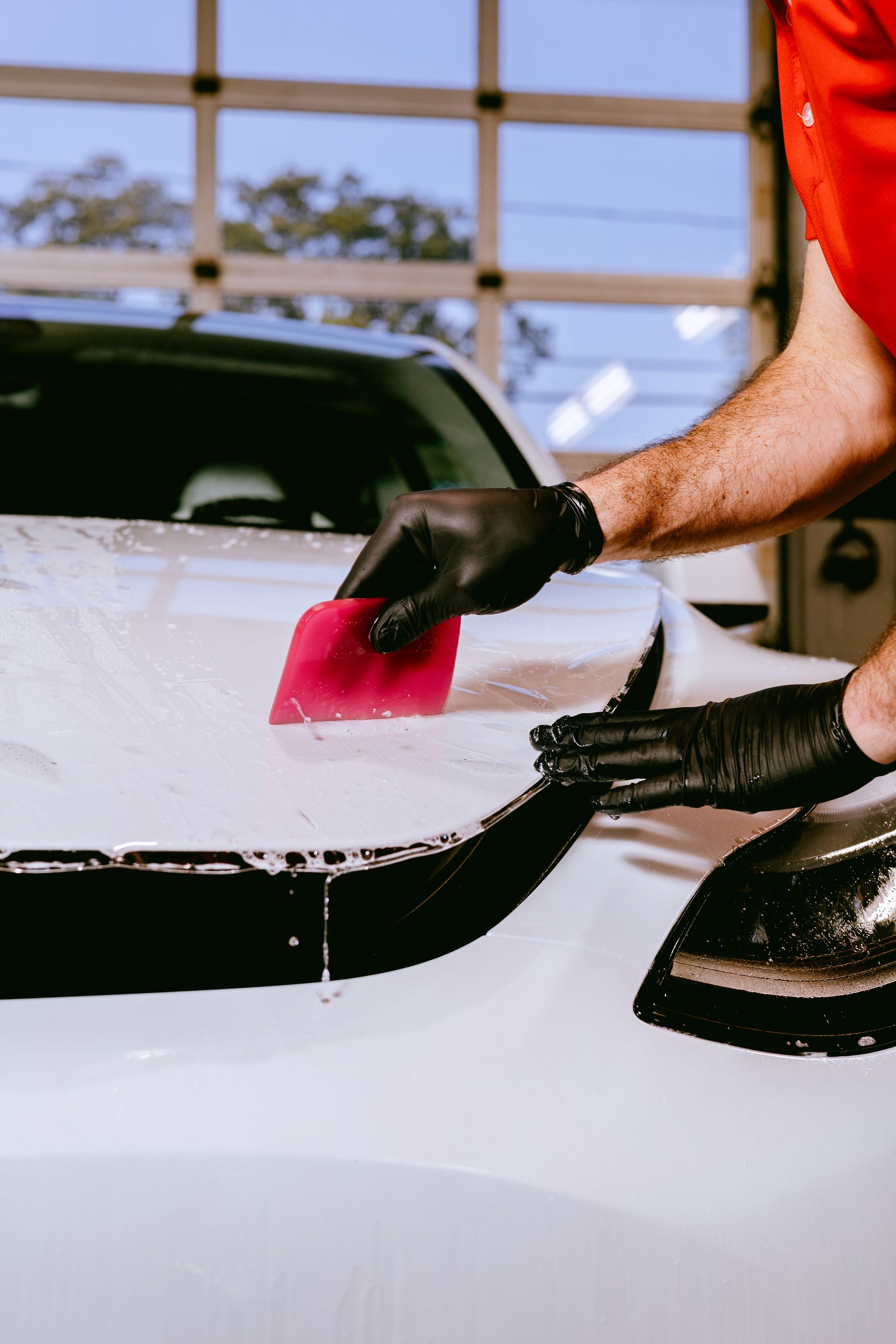
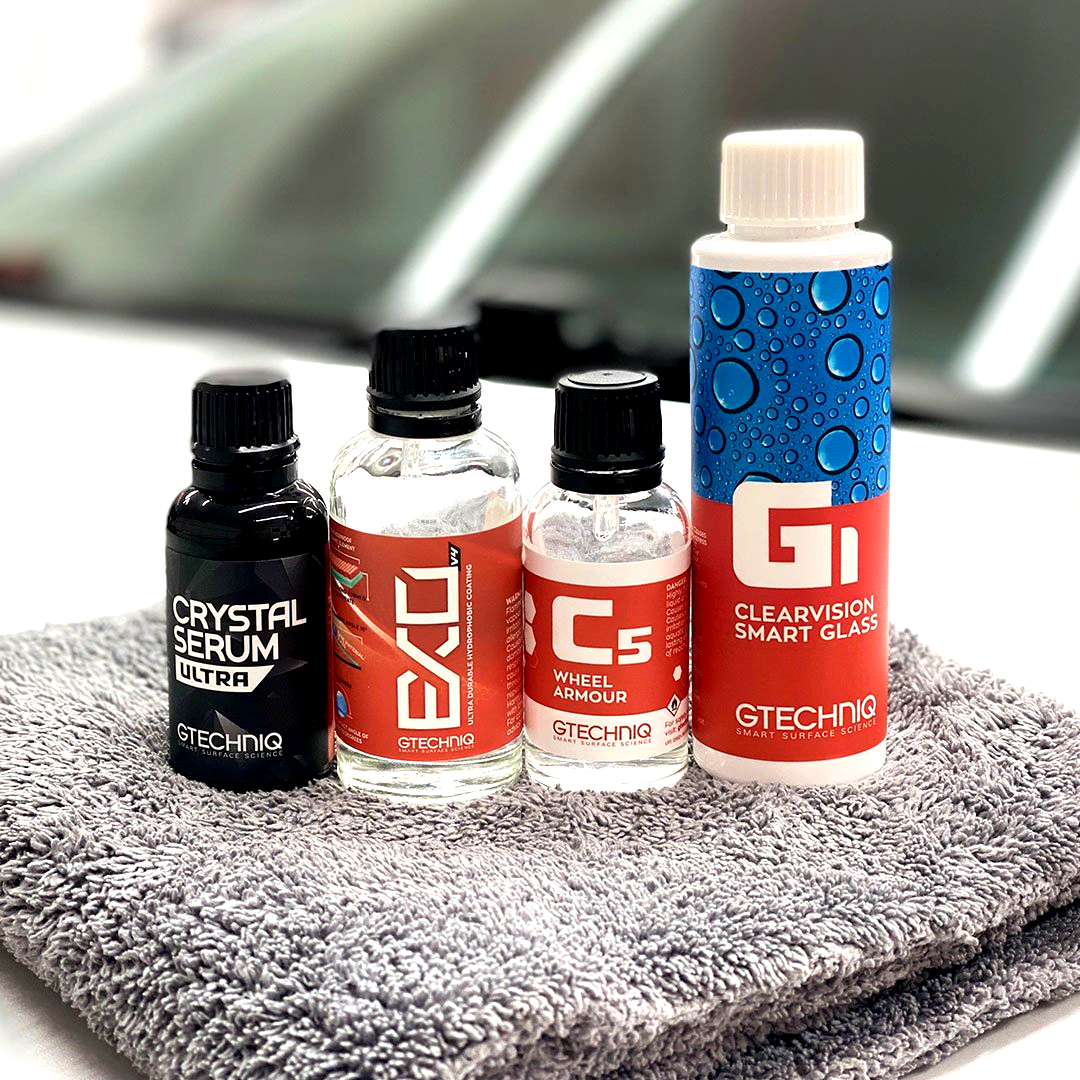
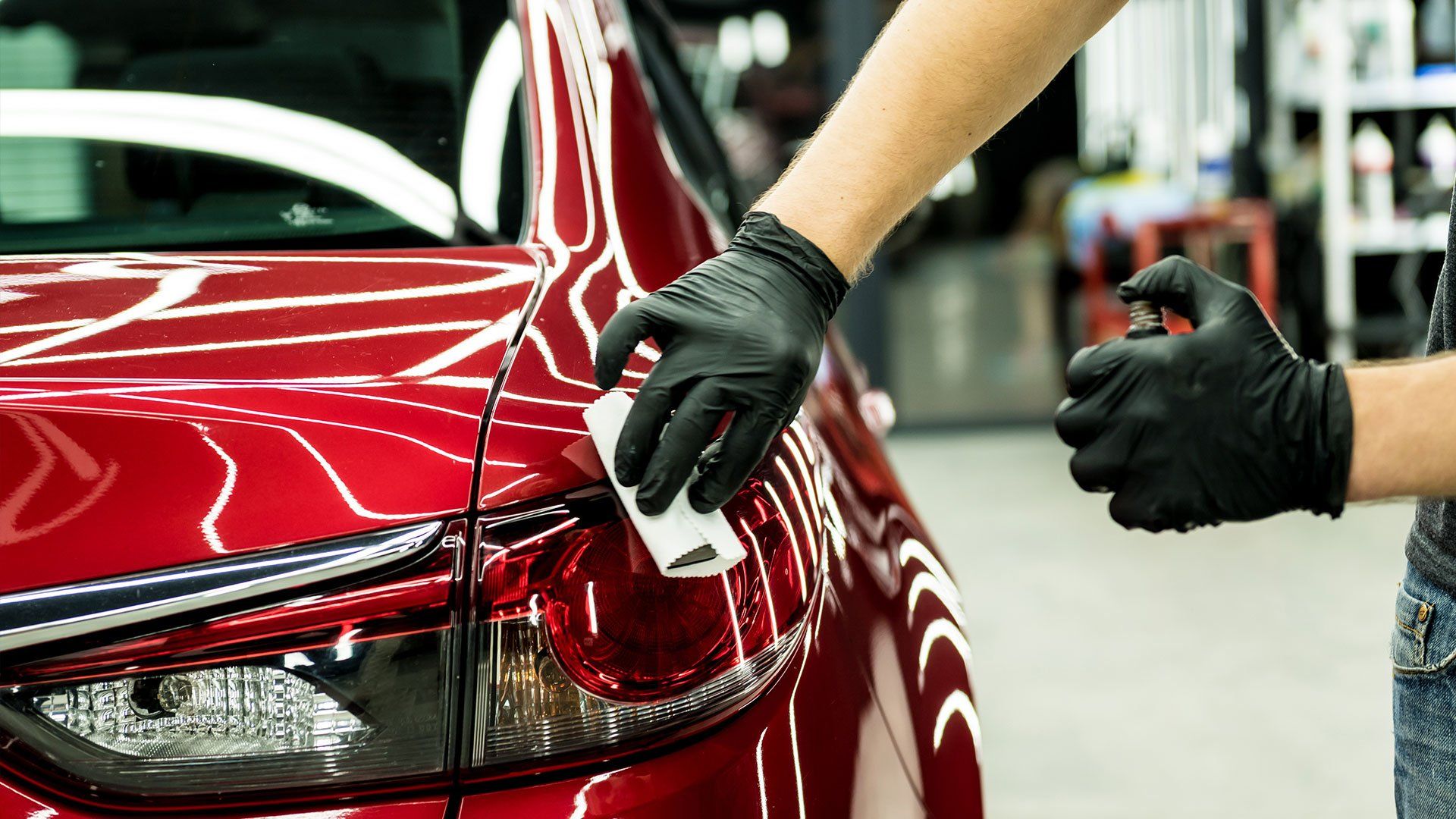
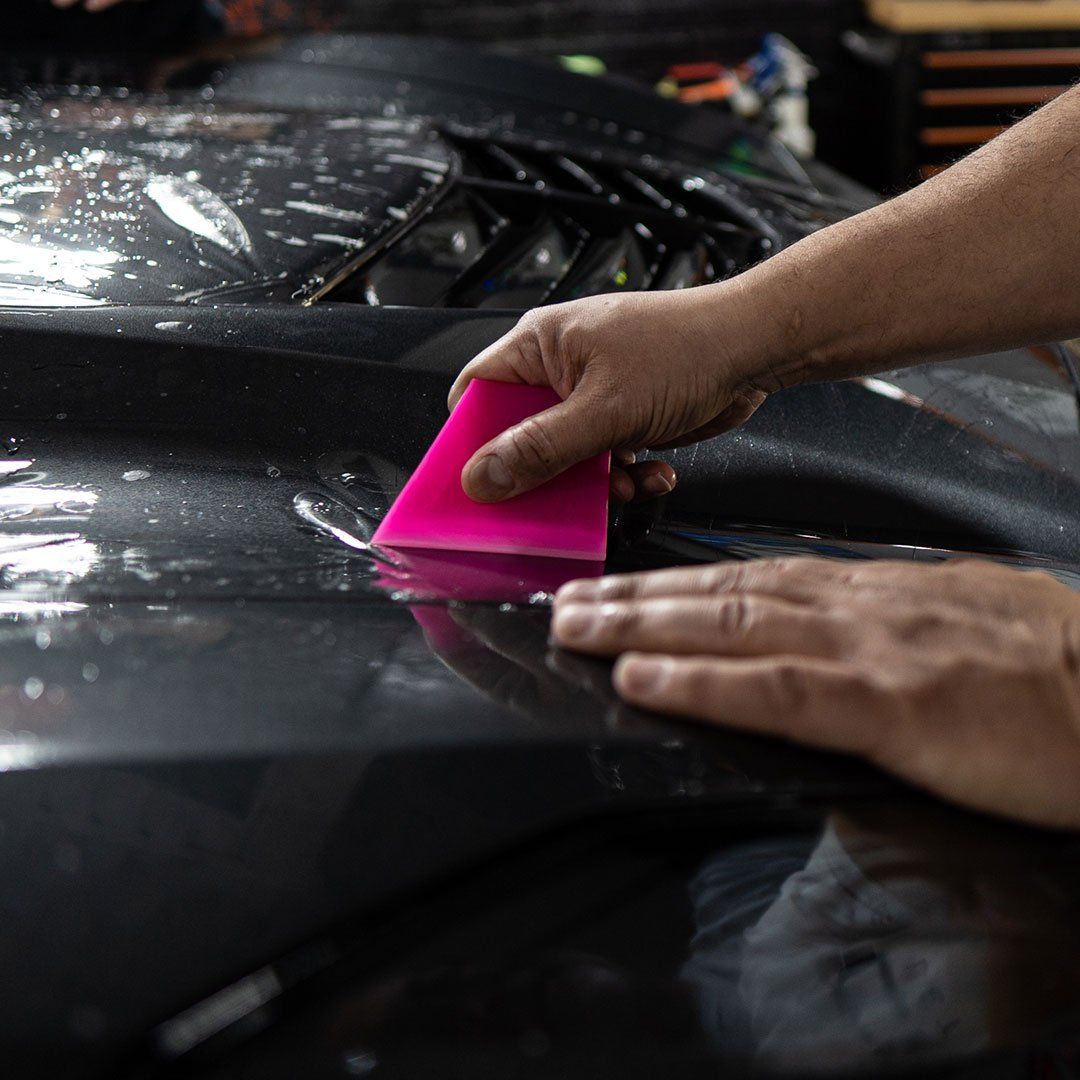
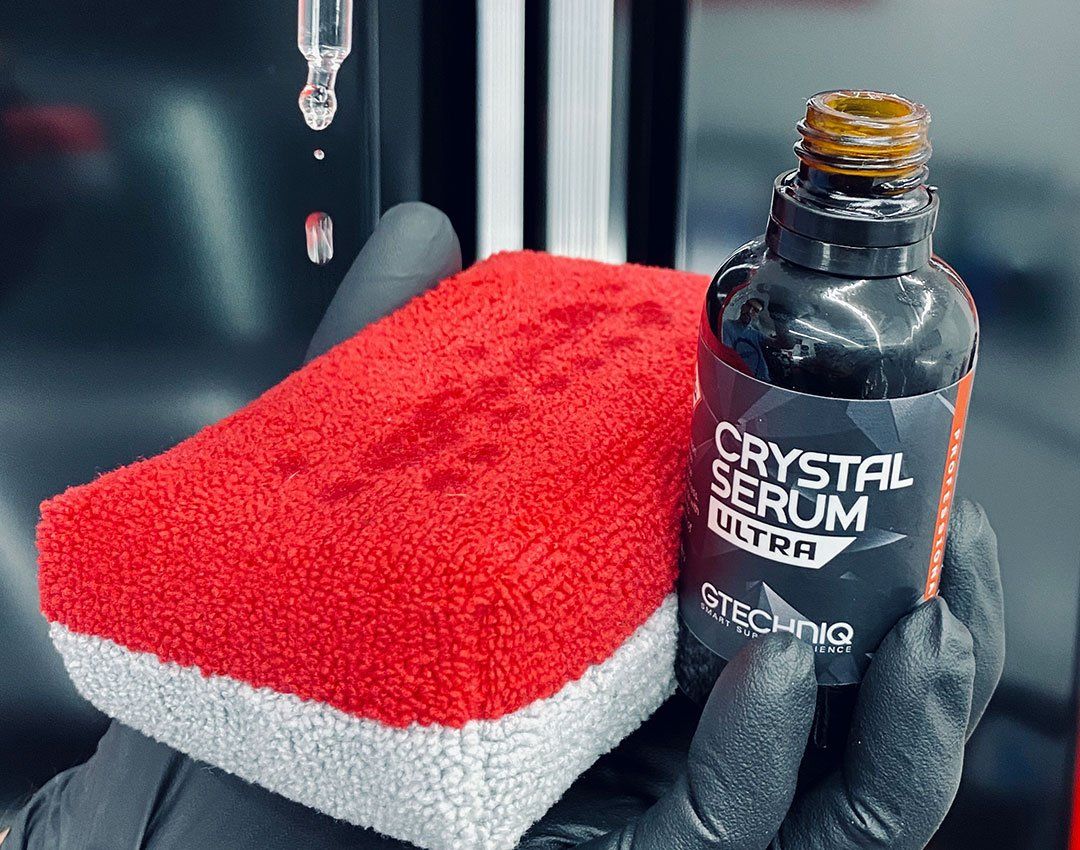
First opening in 2014 and serving all makes and models with pro ceramic coatings, PPF, paint correction, and total vehicle detailing through this very moment, High-Def Detailing is Elkhart, Indiana’s top-performing professional car care studio! Each car, truck, or SUV serviced here at my auto detailing shop has the opportunity to receive a certified installation of a glossy Gtechniq Ceramic Coating, durable and flexible STEK Paint Protection Film, and proper pro detailing that remains unmatched by the competition.
Quick Links
Our Location
5216 Beck Dr, Suite 16
Elkhart, IN 46516
United State
Contact Us
Phone: (574) 333-9976
Email: ben@highdefdetailing.com
Designed by the team at Detailers Roadmap, a platform developed for detailing operators across the globe.
All Rights Reserved | 8bitcreative, LLC | High-Def Detailing

